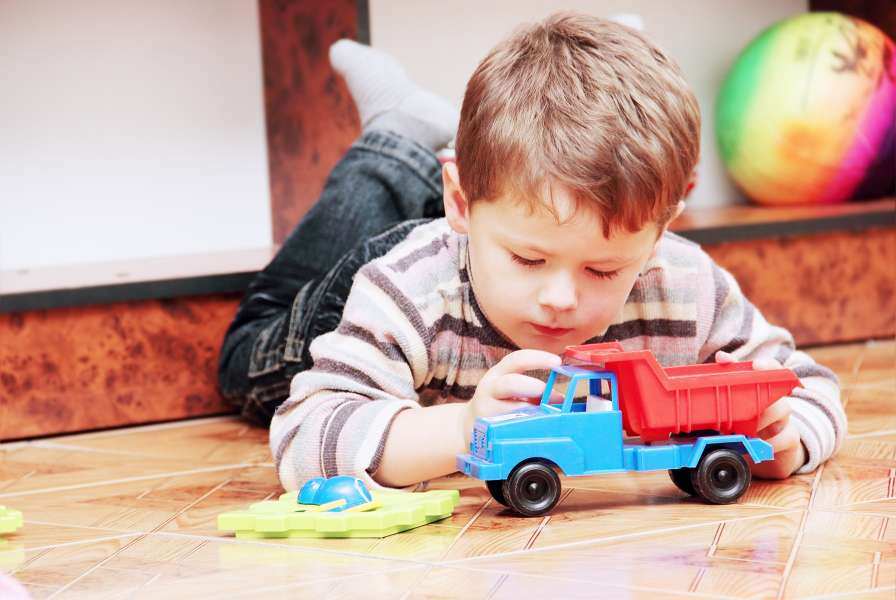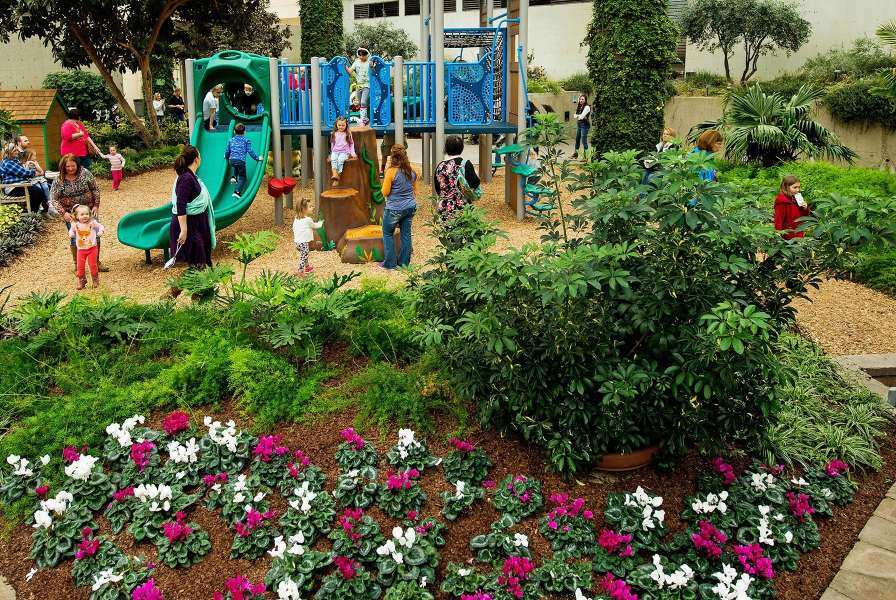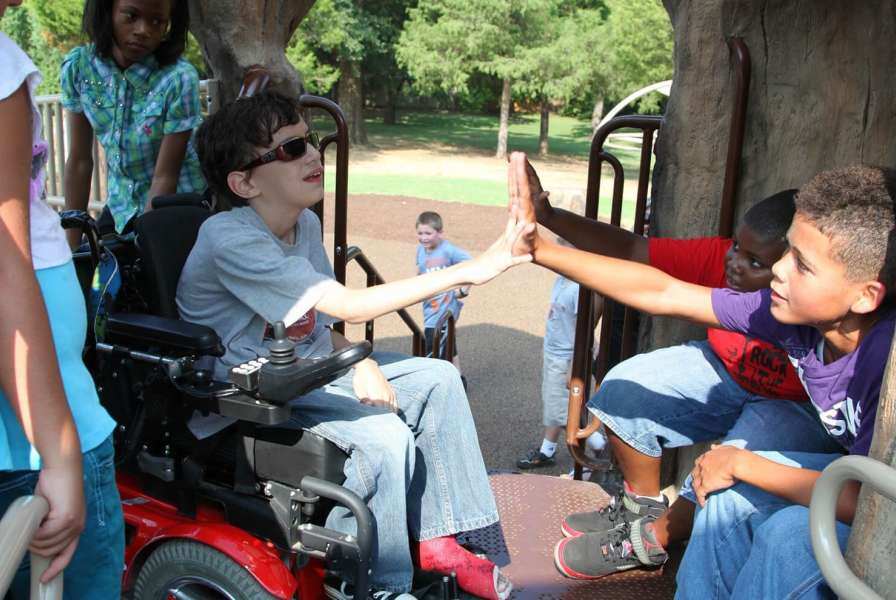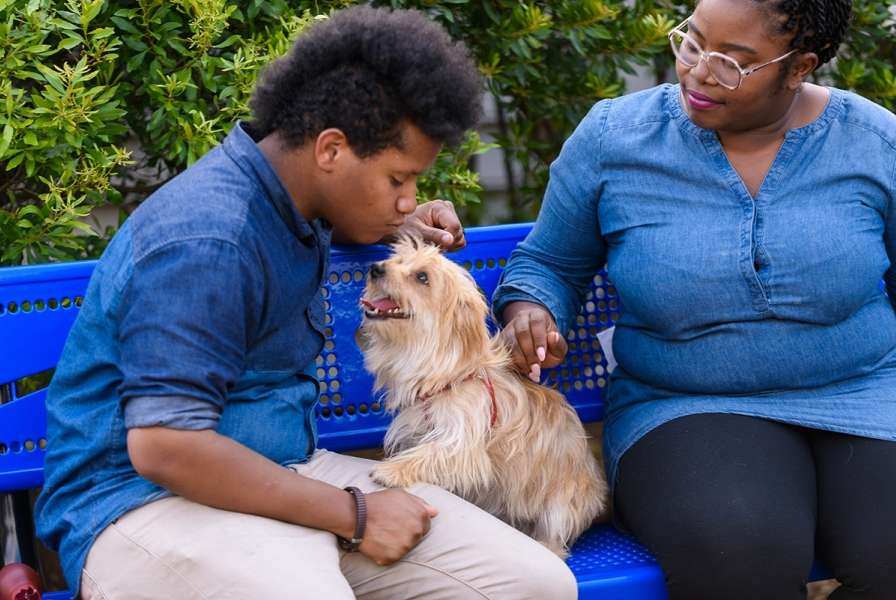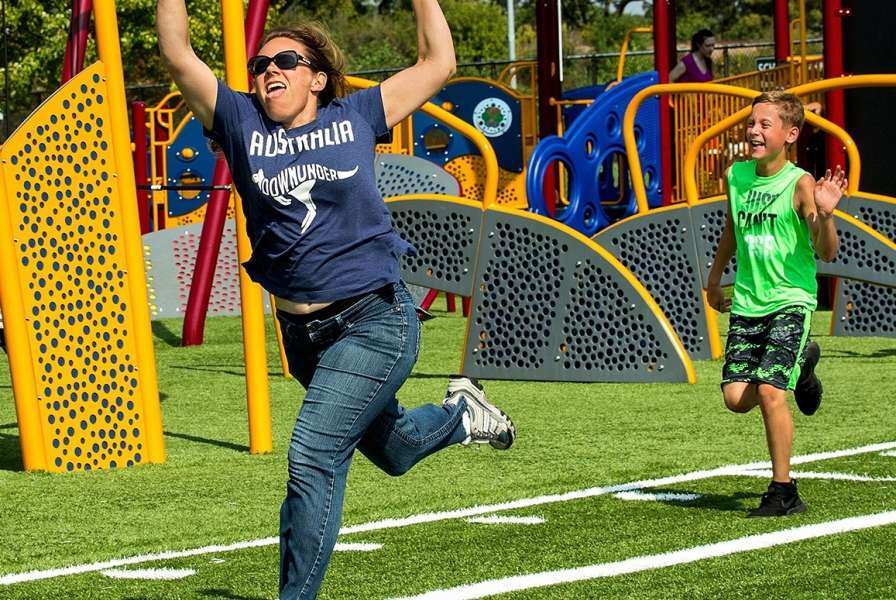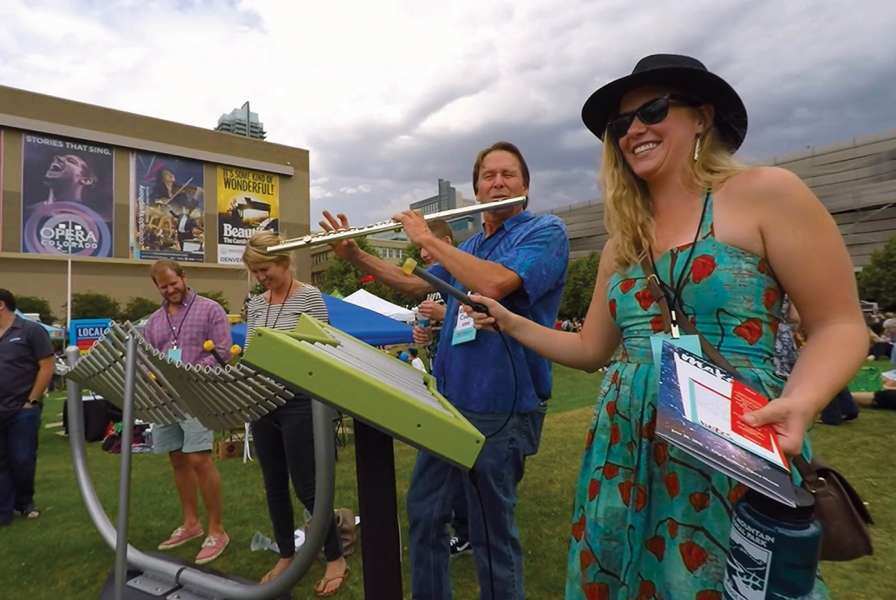In keeping with viewing the overall landscape of play broadly, this blog will concentrate on the importance for all of us, regardless of age or life circumstances to be aware of our innate play nature, and allow it to keep blossoming from birth to our demise. Play patterns emerge early, and their hallmark is spontaneous glee.
I was privileged to engage in family practice for a few years. As an ancillary part of this, I followed many newborns, who initially seemed, to my untrained eyes, to lack much individual “personality,” with their later maturation determining most individual quirks. The nurses had noticed individual quirks that they felt were predictive of these newborns intrinsic temperament or personality that would likely endure beyond the neonatal stage. What lasted for me from these nurses’ observations is that innate patterns of engagement, are there very early if we just observe them closely. These observations were tucked away for years, until I began to research and observe emergent play patterns and frame the nature of play preferences as they revealed themselves individually over time. But this newborn nursery information from early in my medical career fits the emergent biologically innate patterns of play as they occur, and, I believe offer parents and the rest of us very useful and practical information that leads toward a more fulfilling future life full of more fun.
Imagine a 9 month old little boy, who as a newborn seemed to respond innately more to objects and touching them, than say, visual stimuli. He is surrounded by his smiling mom and a few highly colored toys. If by now he was more naturally attuned to social playfulness, he would have had more spontaneous glee as he returned his mother’s smile, than from grabbing and cavorting with a small but highly colored play car, but his preference and innately playful response is… to objects.. toys, blocks, playdoh, etc. He still enjoys his mother’s smile, but more intense glee is spontaneously evoked from the play objects.
So now, segue imaginatively from this little infant to his being age 19. His parents, noting his preferences for glee as he manipulates objects, have, as he develops, provided him opportunities to make things on his own choices, not imposing their preferences, but being sensitive to his own. In so doing, they have amplified his innate talents, and allowed him to use his object preference and unique individual play personality to become part of his growing foundation on his individual road to becoming a skilled, (and more authentic) self. Now at 19, it is clear to him that engineering-making things, solving problems, are his love. By encouraging his emergent naturally occurring play personality, his parents have allowed him to hone his natural talents and combine them with the joyfulness that being in tune with his play personality allows.
